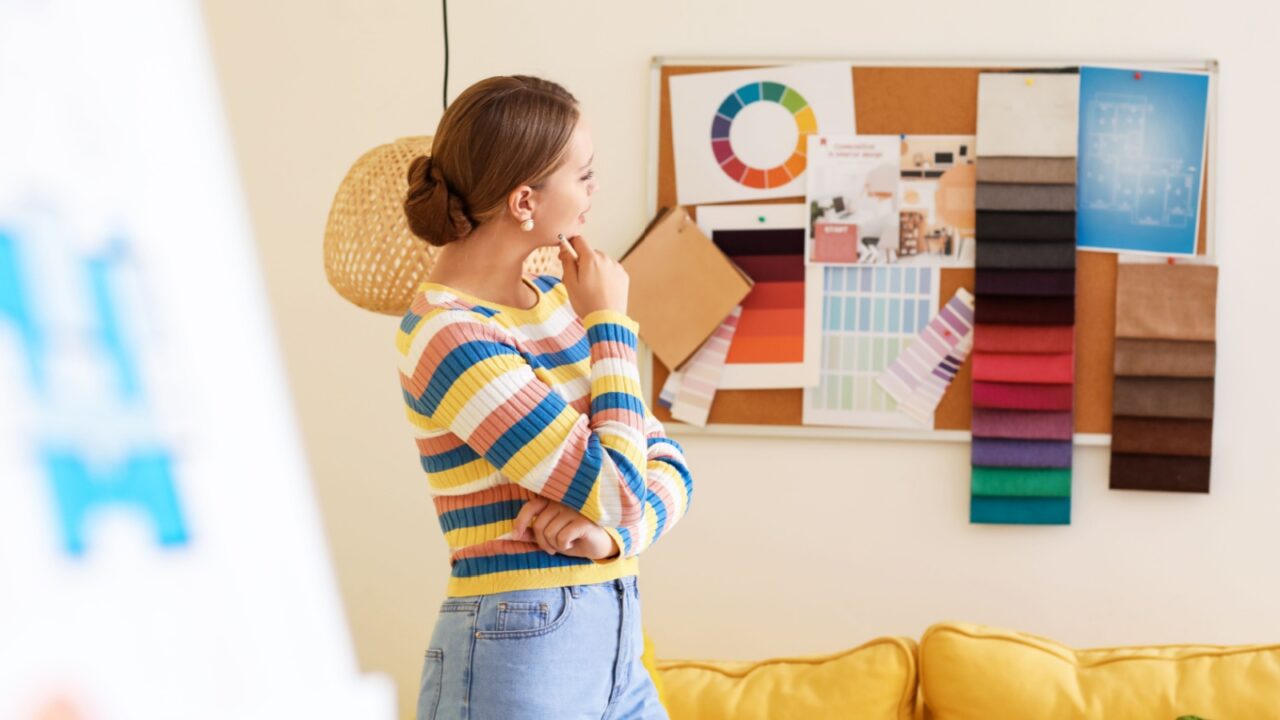
The Dilemma of Designing for Yourself
Designing your own space can be a thrilling experience, but it also comes with its own set of challenges. The excitement of putting your personality into every corner is undeniable, but the pressure to make it “just right” can also be overwhelming.
In this slideshow, we’ll walk through the highs and lows of designing for yourself, the pleasure, the pain, and everything in between.
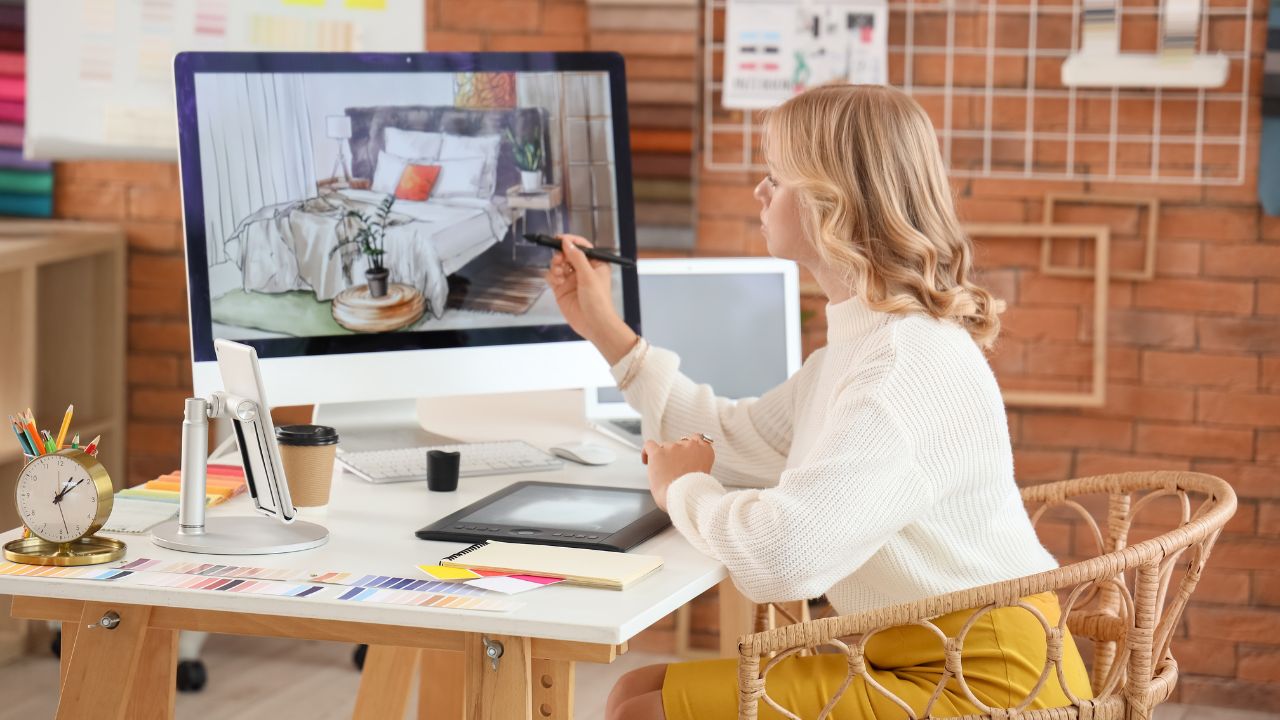
The Dream of Personal Expression
One of the greatest joys of designing for yourself is the freedom it offers. You’re not restricted by someone else’s preferences or needs, it’s all about you.
Whether you’re creating a cozy living room or a functional home office, every decision reflects your personality. It’s an opportunity to showcase your style, tastes, and flair.
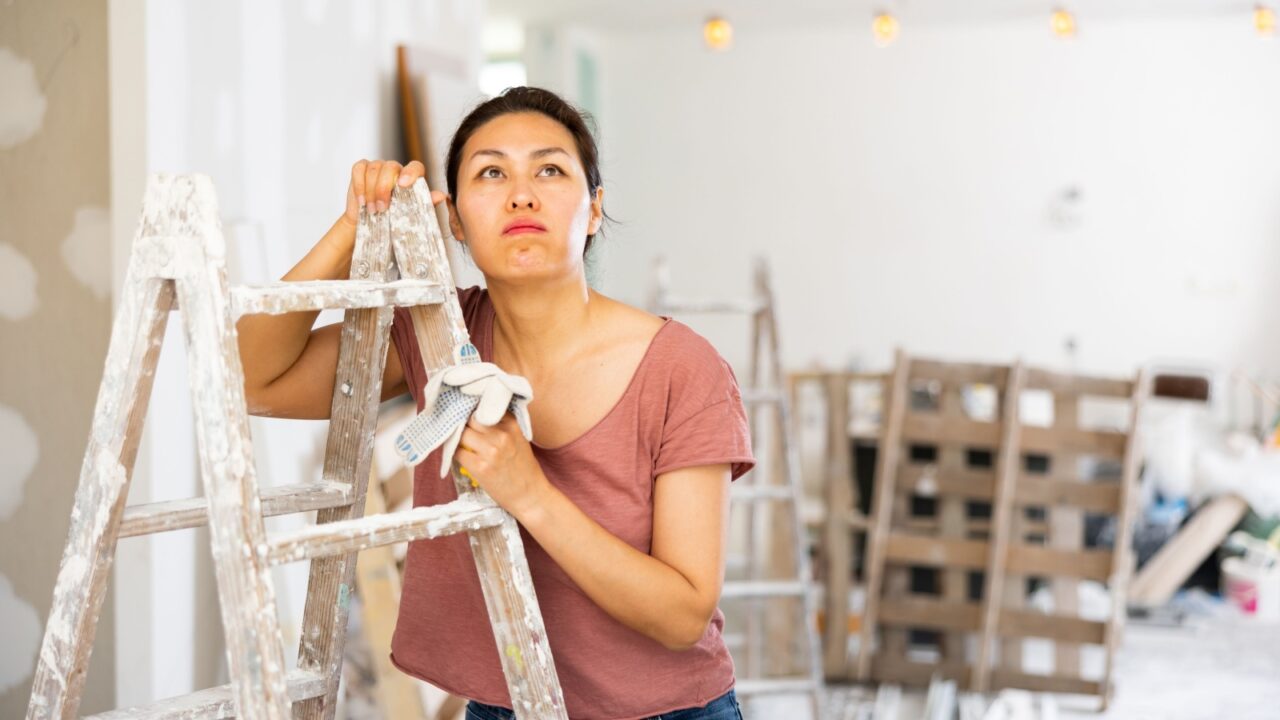
The Pressure to Get it Perfect
But here’s the flip side: because you’re designing for yourself, there’s a pressure to get it perfect. The space has to reflect your identity, function exactly as you want, and maybe even impress others.
This can lead to decision fatigue, where every choice feels monumental. But remember, perfection is often overrated, it’s about what works for you. Your home doesn’t need to be flawless to be meaningful, it has to be more functional and lived in.
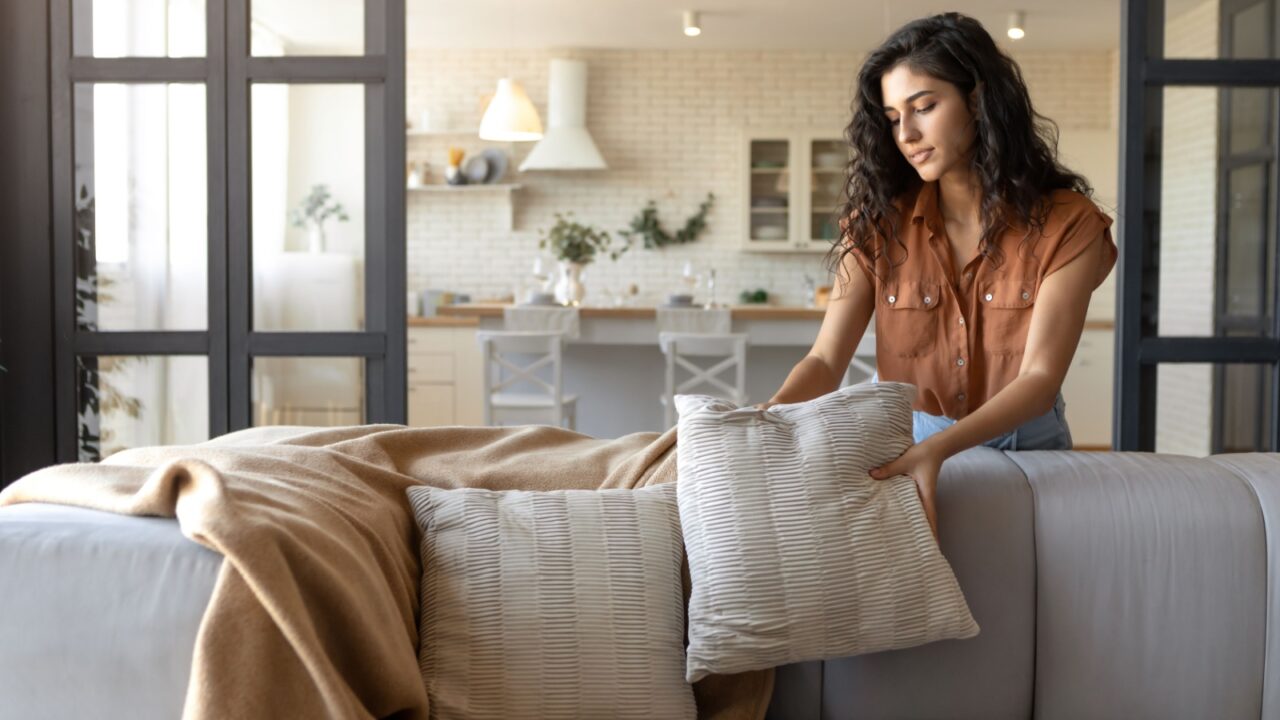
Finding Your Unique Style
One of the first challenges you’ll encounter is defining your style. Are you more minimalist or do you love vibrant colors? Scrolling through Pinterest or design magazines might inspire you, but you can easily get lost in the overwhelming sea of ideas.
The key is to mix inspiration with your authentic preferences to create something that’s uniquely yours. Start by identifying a few key elements that speak to you, they’ll form the foundation for your unique style.

The Budget Struggle
While designing your own space can feel empowering, it can also stretch your budget. From picking out furniture to choosing paints and accessories, costs can quickly add up. It’s important to stick to a plan and prioritize your spending.
Pro tip: Sometimes, small changes, like adding throw pillows or a new rug, can make a huge difference without breaking the bank. Being mindful of your budget doesn’t mean sacrificing style; it’s about making thoughtful choices.
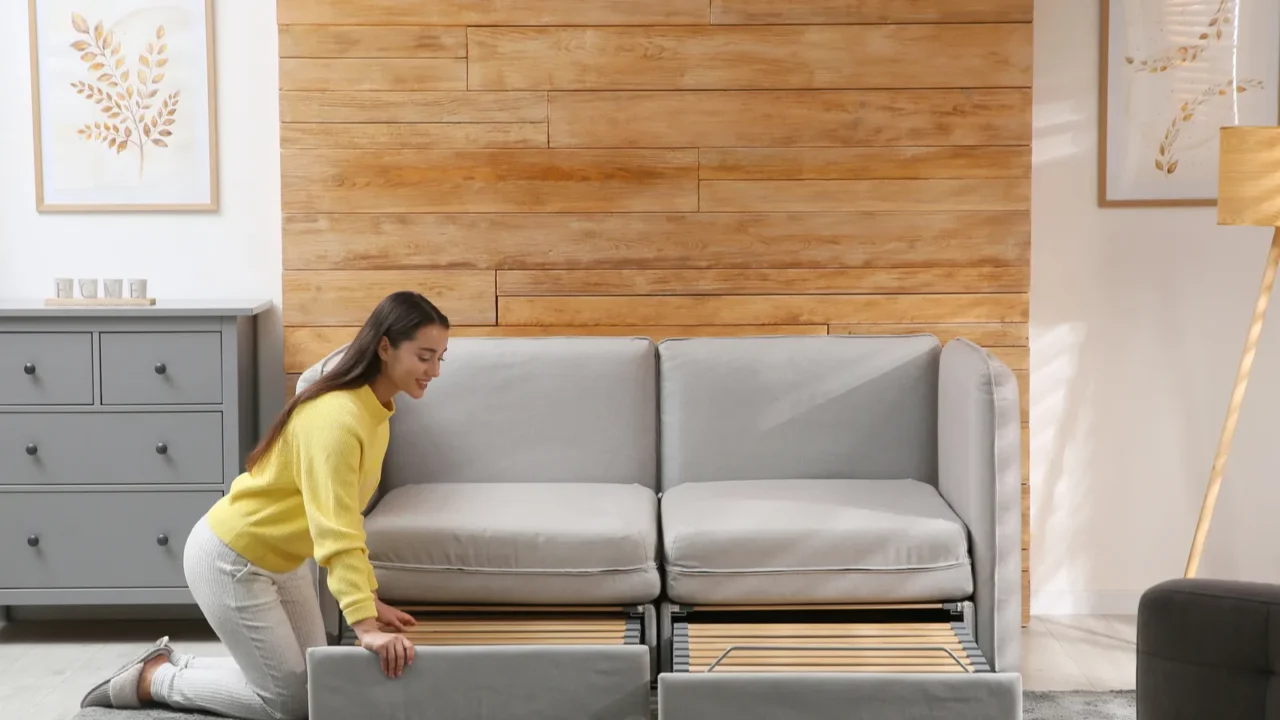
Balancing Function and Style
Another challenge lies in striking the right balance between functionality and style. Sure, that sleek coffee table looks amazing, but is it practical for your lifestyle? It’s crucial to consider how the design will support your daily routines.
Functionality doesn’t have to mean boring, it’s all about finding solutions that look good and serve a purpose. Think of your home as a place of both beauty and utility, it should work for you, not just look pretty.
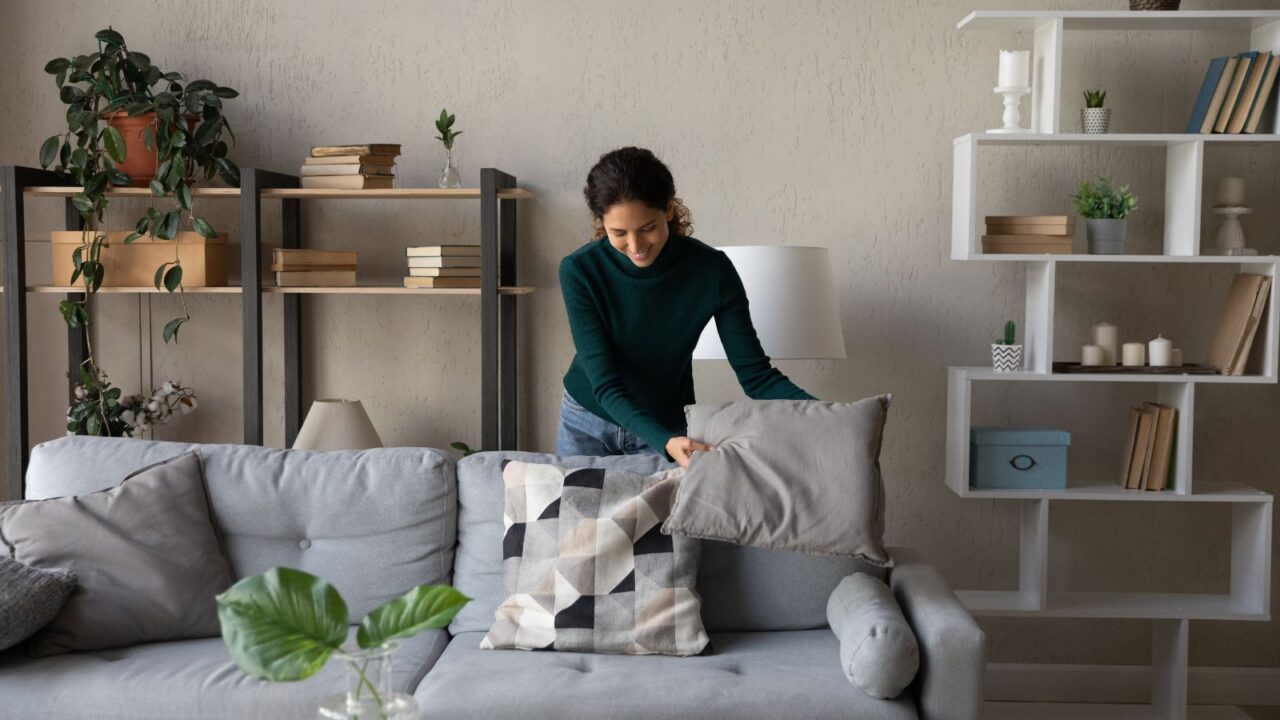
The Joy of Creating Something Personal
There’s a special kind of satisfaction that comes from creating a space that’s 100% yours. Every nook, cranny, and design choice reflects who you are.
It’s incredibly rewarding to look around and feel at home in a space that’s been crafted to suit your unique needs and preferences. Personal touches, like artwork or souvenirs, add layers of meaning and warmth to your space.
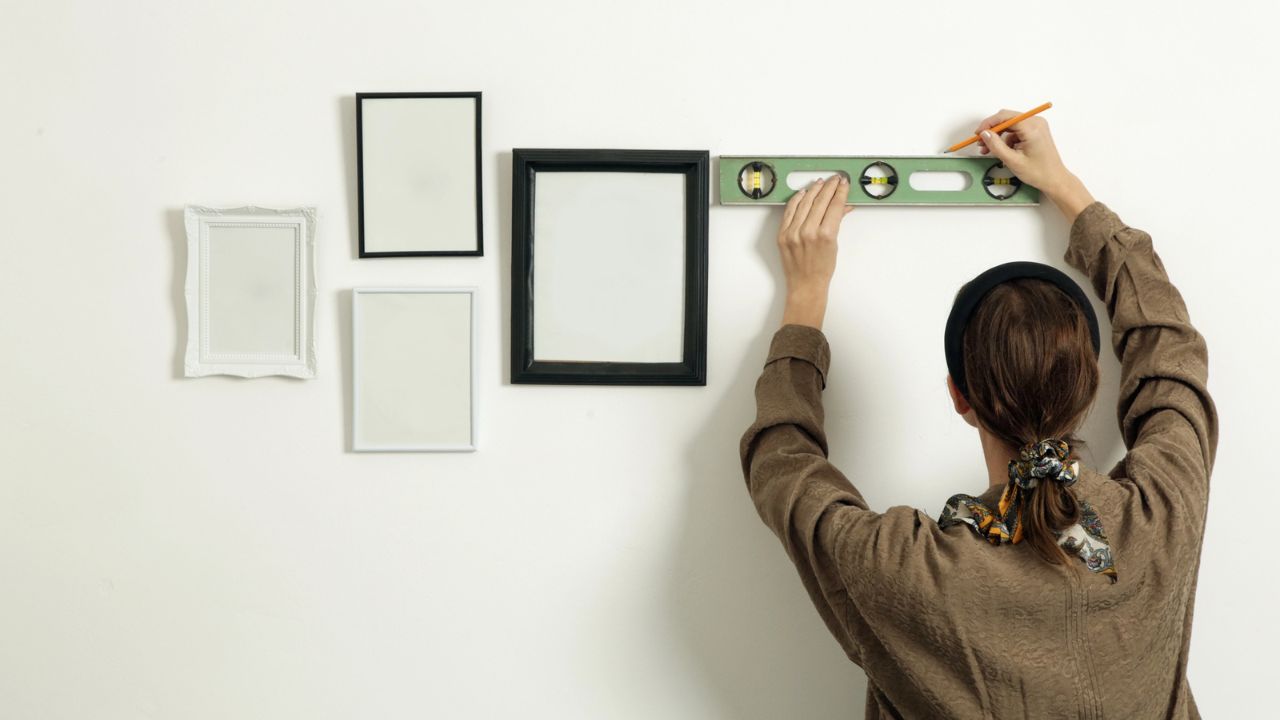
Overcoming Design Mistakes
No design journey is without its hiccups. You may accidentally choose colors that don’t quite work together or purchase a piece of furniture that doesn’t fit the way you envisioned. But don’t fret. Mistakes aren’t failures, they’re opportunities to refine your design and make it even better.
These “mistakes” are part of the process and provide valuable lessons and an opportunity to adjust your vision.
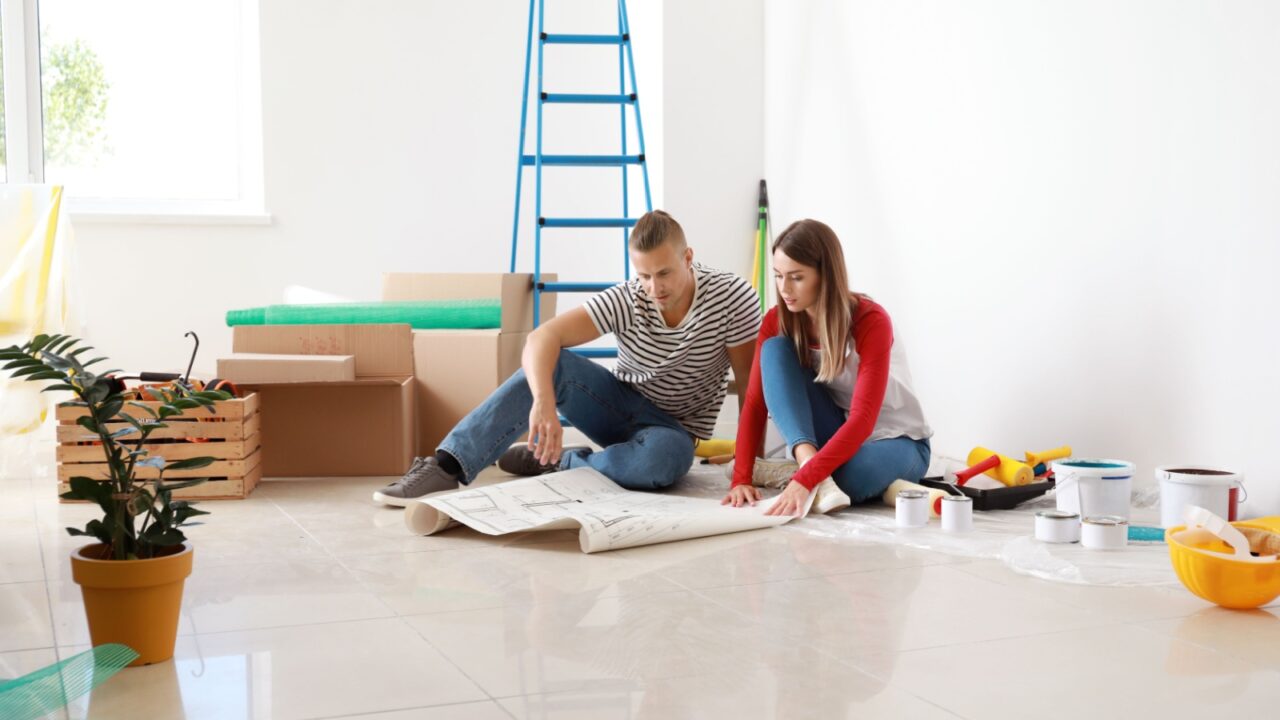
Embracing Imperfection
Perfection is a moving target. In the world of design, it’s essential to embrace imperfection. Not everything will match exactly, and not every piece will be a perfect fit. It’s the imperfections that add character and warmth to your space.
So, give yourself permission to make mistakes and appreciate the journey. Often, the things that seem imperfect are what make a space feel lived-in and loved.

The Time Investment
Designing for yourself can also be a huge time commitment. From researching ideas to planning layouts and arranging furniture, it all adds up. It’s easy to underestimate how much time it will take, especially if you’re doing it all yourself.
To keep things manageable, break the process into smaller, more achievable tasks. Setting aside small chunks of time can make a big project feel more manageable and less stressful.
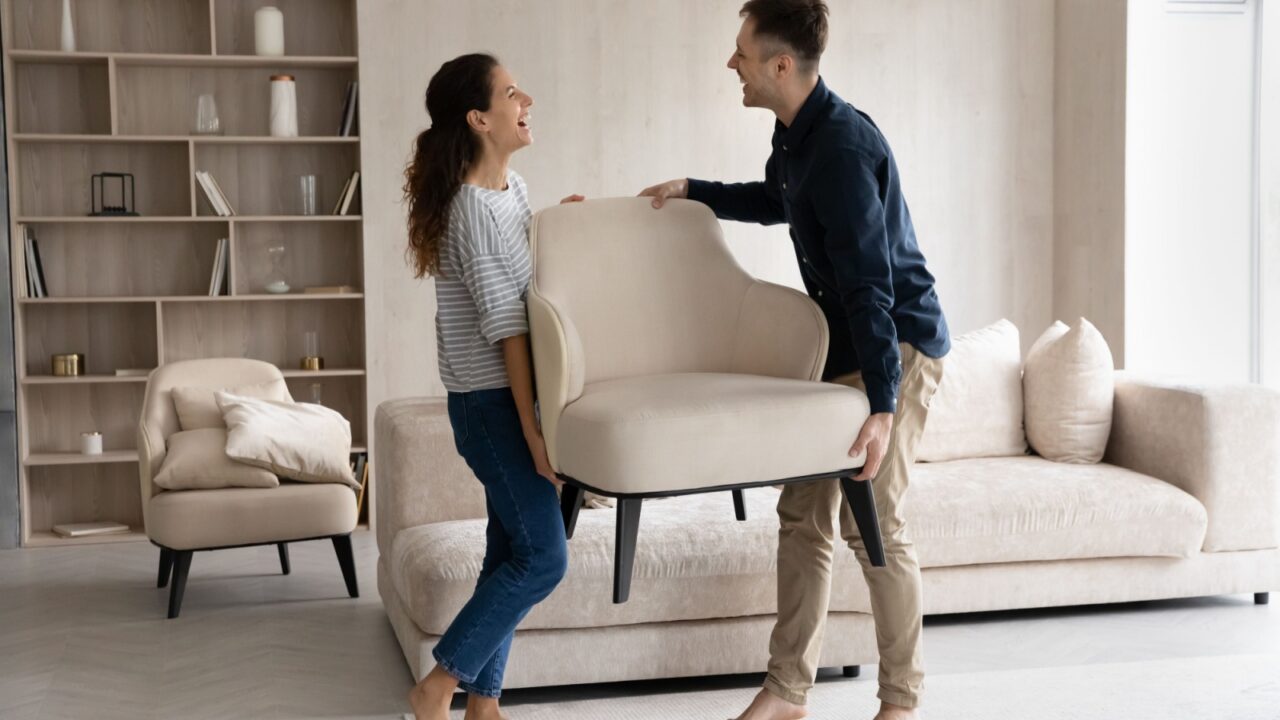
Enjoying the Process, Not Just the Outcome
Instead of focusing solely on the end result, try to enjoy the process. Take pride in each decision, whether it’s picking out the perfect shade of paint or arranging the perfect furniture layout. Designing for yourself is a creative endeavor, and it should be fun!
Give yourself room to experiment and explore. The design journey is an expression of your creativity. Make the most of every step.
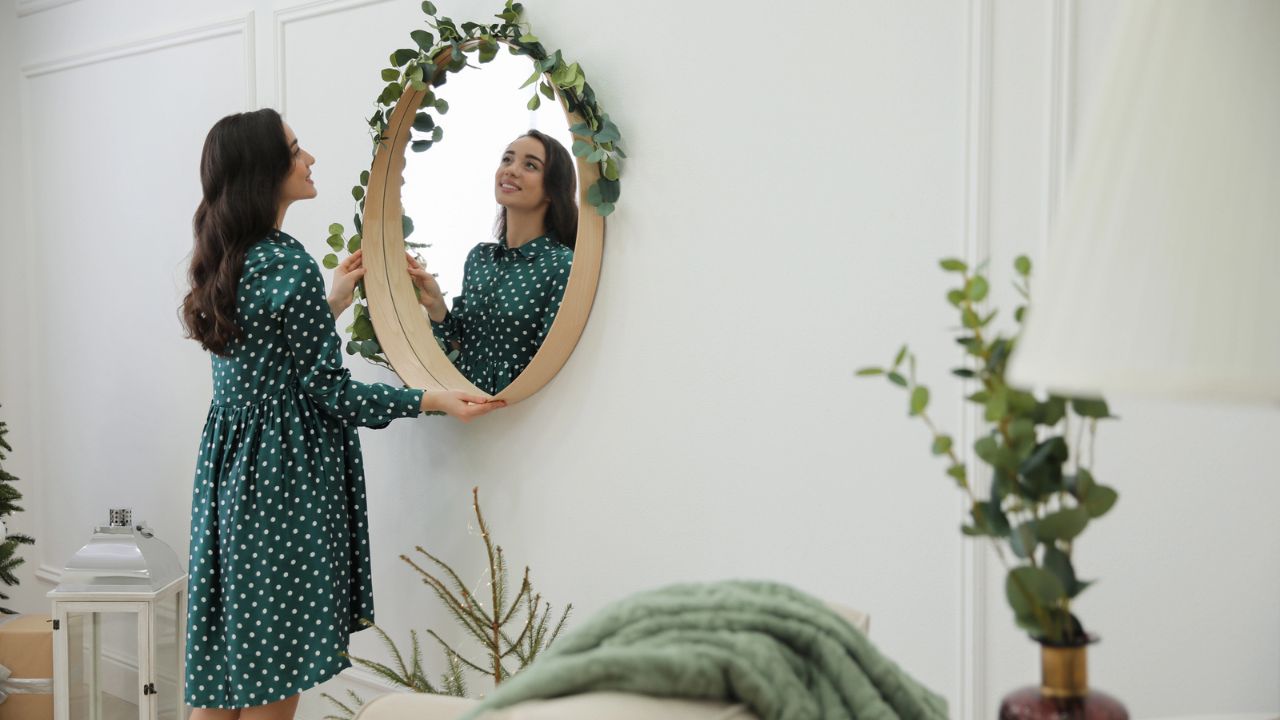
The Fun of Personalizing Decor
Personalizing decor is one of the easiest ways to add personality to a room. Whether it’s a custom-made art piece, a family heirloom, or a quirky accessory that makes you smile, these personal touches are what truly make a space your own.
Don’t be afraid to fill your space with things that tell your story. The most meaningful spaces are often filled with personal items that spark memories and feelings.
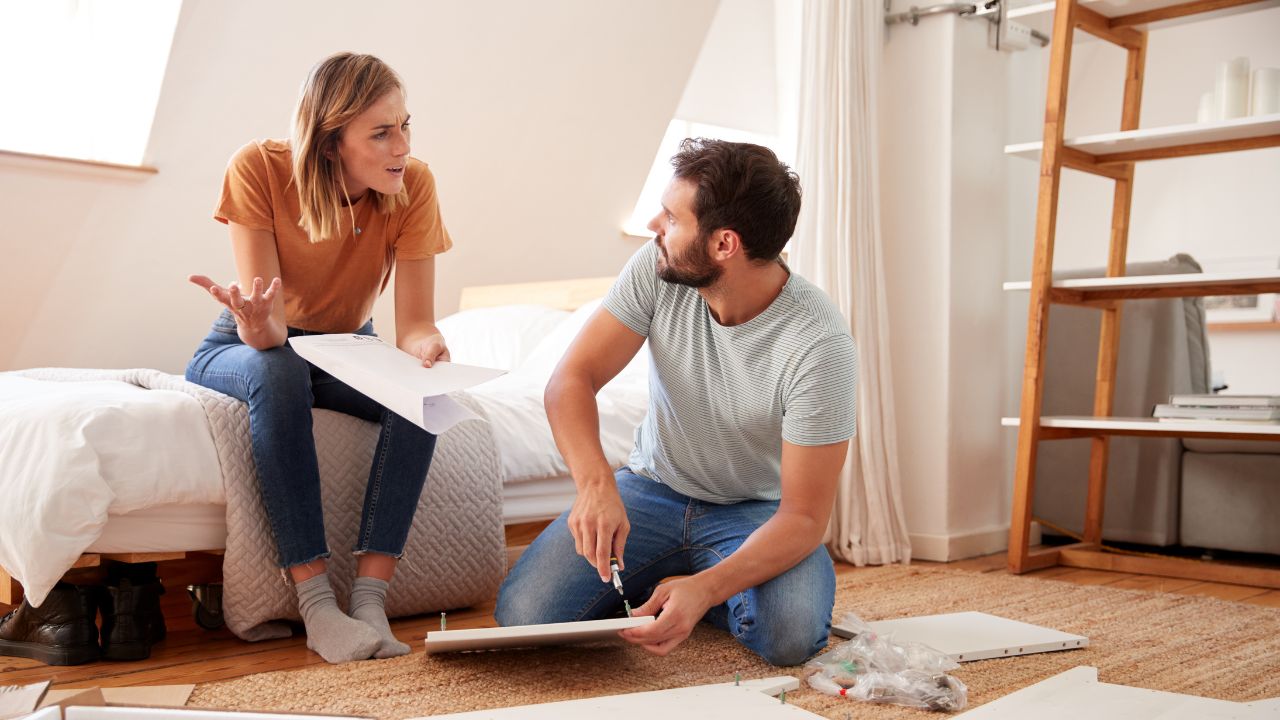
Teamwork
Designing your home sounds like a personal journey until the whole household joins the design committee. Suddenly, your dreamy wall color becomes a family debate, your sofa pick sparks arguments, and everyone from your partner to your sibling to your pet has an opinion.
The emotional toll? Real. If something goes wrong later (a rug that sheds, a layout that flops), guess who gets blamed for not listening? Yep, you.
To avoid chaos, treat home design like a group project. Set boundaries, but be open to input. Clear communication can save you from both a design disaster and a dinner table feud.

The Struggle to Let Go of Trends
Trends come and go, and while it’s tempting to jump on every bandwagon, remember that your home should reflect you, not what’s popular right now. It’s okay to incorporate a few trendy pieces, but don’t let them dictate your entire design.
The trick is blending timeless elements with your personal flair. Focus on the long-term enjoyment of your space rather than fleeting trends that may quickly feel outdated.
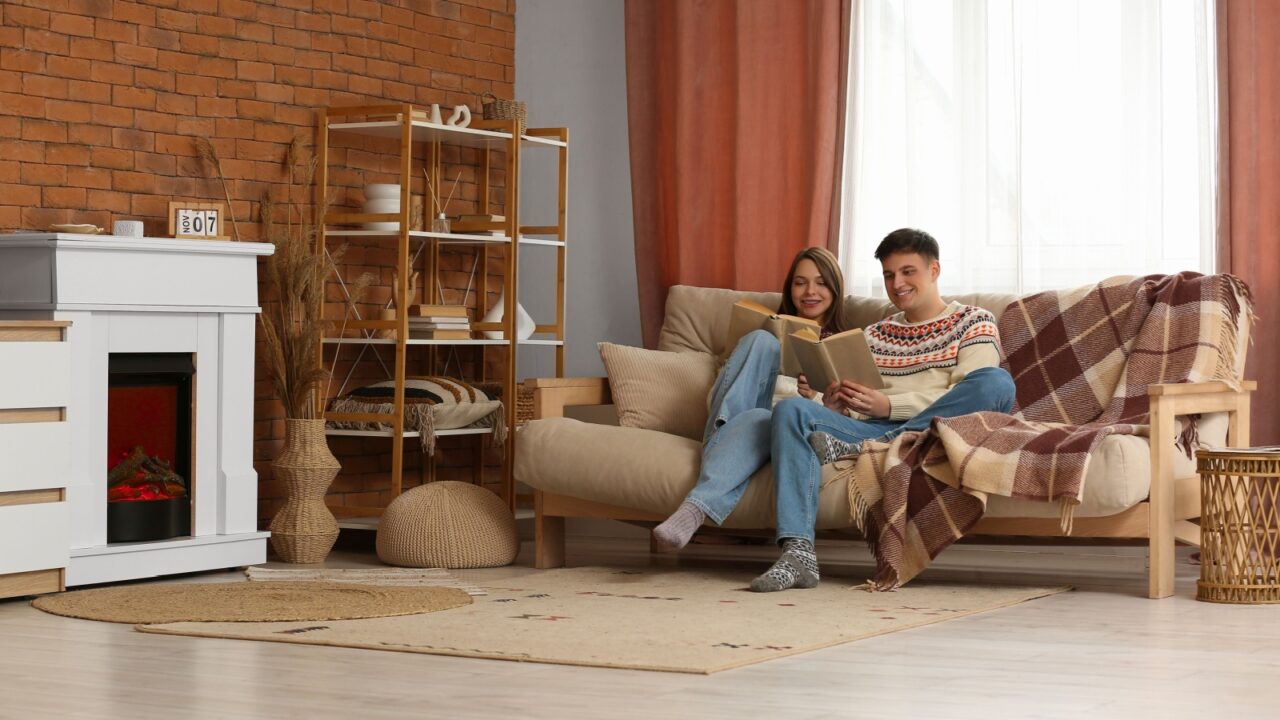
The Reward
When all is said and done, the best part of designing for yourself is the reward, a space that feels like home. You’ve put your heart and soul into every corner, and now it’s a place where you feel comfortable, happy, and truly at peace.
That’s the real magic of home design. A home that feels like you offers a sense of calm and satisfaction like no other. And if you’re ready to keep that feeling and boost value? Don’t miss these top home renovations that truly pay off.
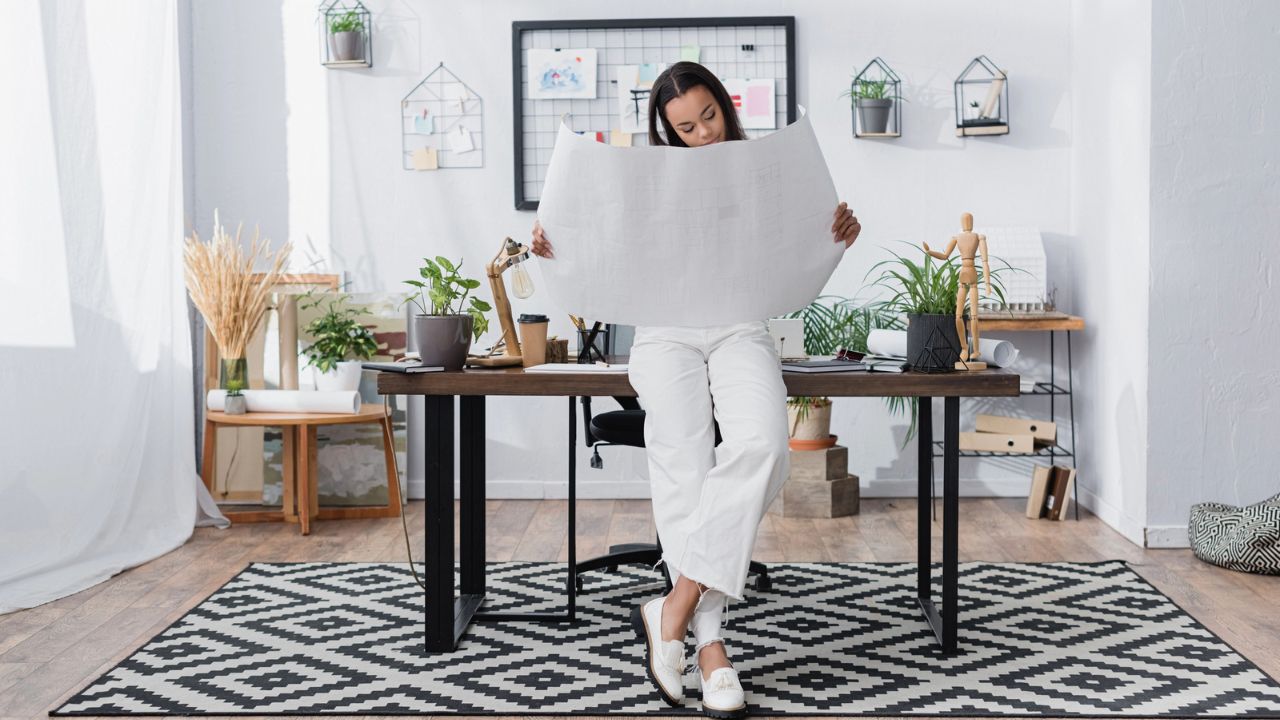
The Ongoing Journey
Designing your own space is a journey, not a destination. Your needs and tastes may change over time, and that’s okay. Design is fluid, and your space should evolve as you do. Keep tweaking, adjusting, and making it your own.
Think of your home as a living canvas. Just don’t forget the practical side too, like budgeting for those surprise costs that always pop up. Curious what might sneak up on you? Check out what’s really behind the hidden costs of home decor.
How do you balance the pleasure and pain of designing your own space? Share your thoughts and experiences in the comments below.
Read More From This Brand:
- A Guide to Team up with Contractors & Designers
- What to Expect When Ordering an Amazon Prefab Home
- Is Your Home’s Layout Secretly Stressing You Out?
Don’t forget to follow us for more exclusive content right here on MSN.
This slideshow was made with AI assistance and human editing.